
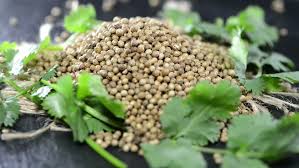
कोथिंबीर
Latin name
Coriandrum sativum L.
History and Mythology
The oldest Coriander fruits have been discovered in the Nahal Hemar cave in Israel. The fruits were thought to be over 8,000 years old. Some Sanskrit text speak about coriander in there gardens in ancient India nearly 7,000 years ago.
In Chinese Mythology it was believed that the seeds from the Coriander plant, would have the power to grant immortality. The Peruvians and the ancient Egyptians used coriander seeds and leaves to flavour their food. In fact the discovery of seeds found in the tombs from the 21st Egyptian Dynasty, over 3,000 years ago.
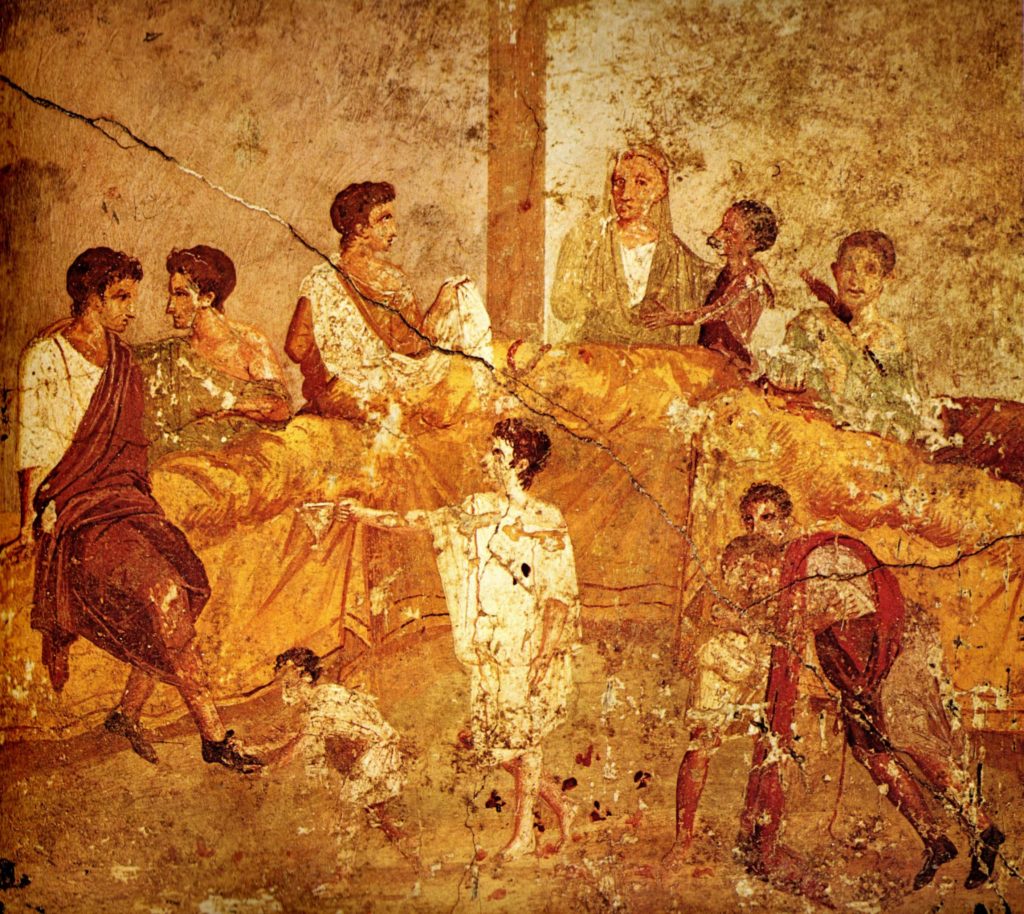
The crazy Romans first brought coriander to Britain in the first century AD where it became a semi-native in some areas. The British used it along with vinegar and cumin to preserve their meat, while the legions would march carrying it as a flavouring for their bread. In Roman Britian times it was considered to have high status as it was fairly exotic.
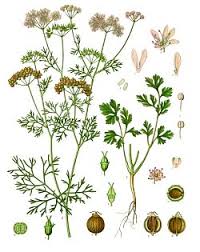
आहारात उपयुक्त अंग
पाने, देठ, फळे.
गुणधर्म
- रूचिवर्धक
- पाचक
- स्वादिष्ट
- मूत्रविकार दूर ठेवणारी
- रोगप्रतिकार शक्ति वाढवणारे
- पित्त घलावीणारी.
वनस्पतीची माहिती
- नक्षीदार, हिरव्या–पोपटी रंगाची, सुगंधी नाजूक वनस्पति.
- ज़ुबक्यात येणारी पांढरट – गुलाबी फुले मोहक दिसतात.
- फळ ( धणे) पिवळट, गोलाकार असतात.
- साधारण फुटभर वाद झाल्या नंतर मग बी भरते. हे बी म्हणजेच धणे.
घरगुती वापराचे आरोग्यदाई फायदे
- कोथिंबिरीच्या आरोग्य वर्धक गुणांमुळे व विशिष्ट वासामुळे स्वयंपकात स्वाद आणण्यासाठी मोठ्या प्रमाणात वापर केला जातो.
- तिखट स्वादाच्या धान्यांचा काढा सर्दी – खोकल्यात आराम देतो.
- कोथिंबीर व पुदिन्याचा रस चेहर्याला लावला असता मुरुमंचआ त्रास कमी होतो.
- टोमॅटो सॅलड, खिचडी, सर्व प्रकारच्या कोशिंबीर यात वापरतात येते.
- कोथिंबीर वडी, कोथिंबीर चटनी, पराठे, पुलाव हे पदार्थ आवार्जुन करावेत.
- आमसूल व कोथिंबीर चे पित्त नाशक सर अतिशय रुचकर लागते.
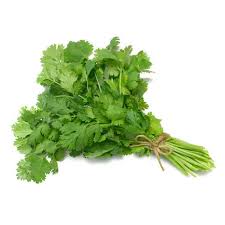
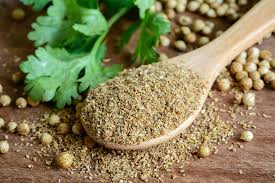
घरी कसे लावाल
बिया पासून ( धणे) नवीन रोपे सहज उगवतात.
भरपूर सूर्यप्रकाश व पाण्याचा निचरा होणारी जमीन कोथिंबीर च्या वाढीस उपायुक्त.
आवश्यक तेवढेच पाणी द्यावे. पाणी जास्त झाल्यास मात्र रोप मरते.
कुंडी किव्वा हँगिंग बास्केट मध्ये झुबकेदार कोथिंबीर आकर्षक दिसते.
परसदारतिल ही फवारन्य न केलेली, उत्कृष्ट चवीची, ओली हीरविगार कोथिंबीर आपण नेहामी वापरवि.
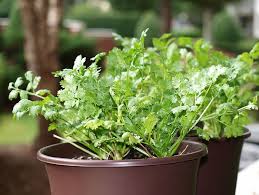
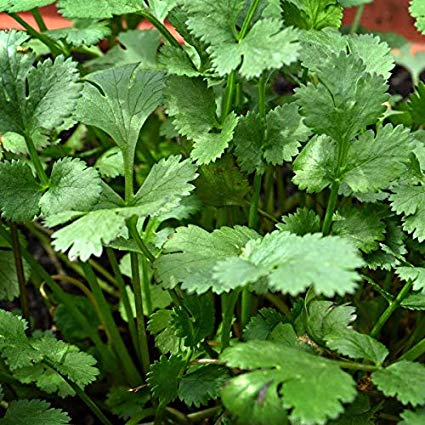
There are 3 varieties which are similar and usually creates confusion in the mind of users :
in India, coriander seeds and leaves are used as a common food flavouring agents and mostly cultivated in Rajasthan, Madhya Pradesh, UP and southern states like AP, Karnataka, and Tamil Nadu. Celery is cultivated mainly in the states of Punjab, Haryana and western Uttar Pradesh.
- Coriander
- Parsley
- Celery
(Cilantro -The word “cilantro” is the Spanish name for coriander leaves. Meanwhile, the dried seeds of the plant are called coriander.)
| celery | coriander | parsley |
| celery is called Apium graveolens | coriander is known as Foeniculum vulgare, | The botanical name of parsley is Petroselinum crispum, |
| celery, which gives a subtle flavour to food dish, is used for tinned foods. | Coriander is very strong smelling | parsley is significantly more subtle and has a much milder flavour and scent |
| Leaves are similar to coriender | The leaf of Coriander – it’s a slightly lighter green, and has rounder leaves. | Parsley is a darker green and has more pointy, sharper leaves. |
| celery started its journey from France and England followed by USA and Europe. | Coriander originated in the Western Asia and southern Europe, | Parsley was initially cultivated in the central Mediterranean region. |
| Celery is an aromatic and herbaceous plant grown for its leaves, seeds and essential oil. | Majorly cultivated for their edible leaves, coriander are the seasoning agents mainly used in South Asian and Western food dishes. | Majorly cultivated for their edible leaves, parsley is the seasoning agents mainly used in South Asian and Western food dishes. |
| Celery, a winter and herbaceous plant, usually grow 60 to 120 cm in height with oblong leaves. | Coriander, an annual herbal plant which grows to 50 cm in height, has feathery leaves which vary in shape. | Parsley is a biennial herb and produces leaves of 10–25 cm long, with many 1–3 cm long leaflets. |
2 thoughts on “कोथिंबीर -Coriandrum sativum L.”
Thanks! And thanks for sharing your great posts every week! Brigit Krishna Nye
I love it when folks come together and share thoughts. Clio Godwin Lowrance